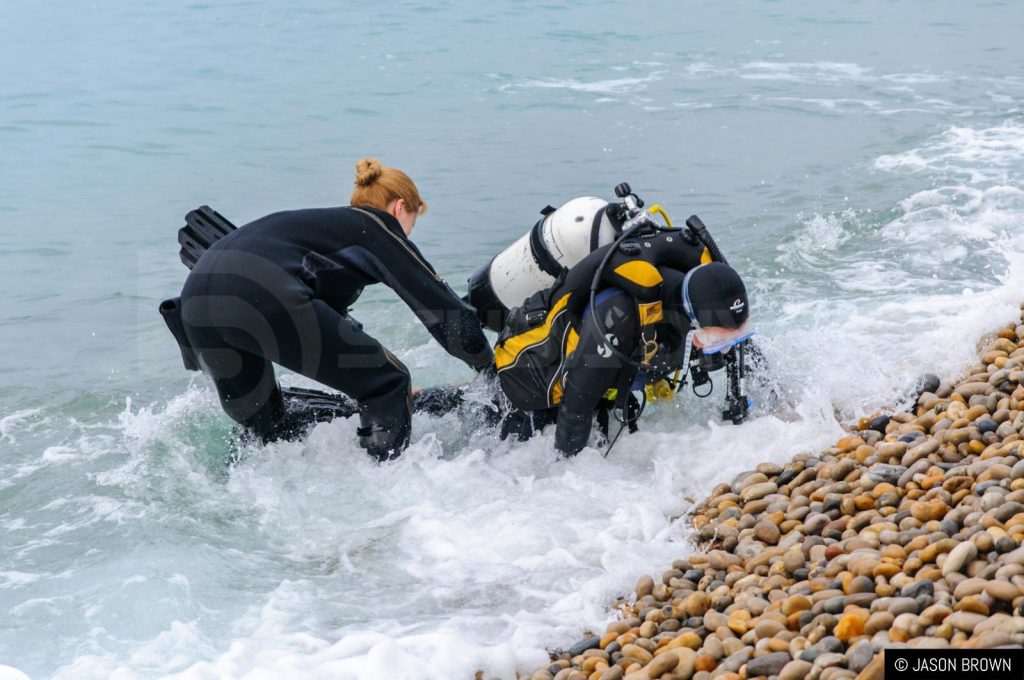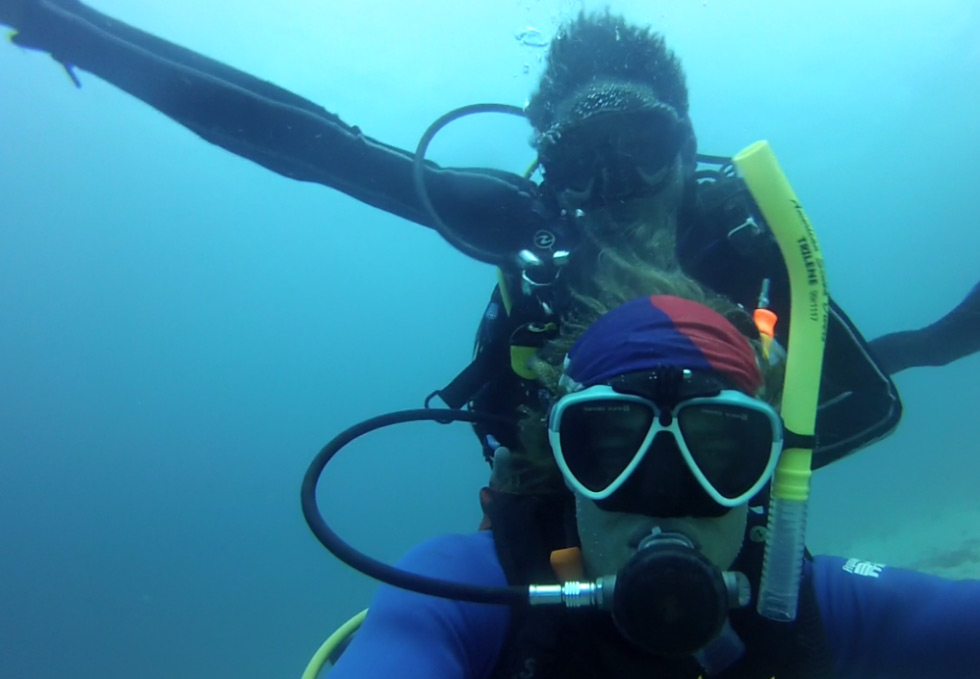

The nets were one mile long each and nearly 100 feet (30 m) high placed to target swordfish and thresher sharks. While filming National Geographic's Incidental Kill in the California Channel Islands where swordfish and various sharks swim north, the divers discovered that many drift net boats had placed nets that night. In 1990s drift net fisheries were responsible for 30,000 tons of sharks and skates in global by-catch annually.
#Person gets caught in a water drift free#
Since nets are placed and may not be retrieved for days, air-breathing mammals that become tangled in the nets drown if they are unable to free themselves. Species caught as by-catch include sharks, dolphins, whales, turtles, sea birds, and other marine mammals. As a result, many such species are now endangered. Many individuals of non-target species perish as by-catch in the cast of each drift net.

In 1994 United Nations Food and Agriculture Organization (UNFAO) estimated global by-catch rates to be as high as 27 million tons of fish discarded by fisheries each year. Non-target individuals caught in the net are called by-catch. Īny fish that crosses the path of a drift net in the ocean may be tangled or caught in the net. In 1992 the United Nations General Assembly (UNGA) banned the practice of drift net fishing. enacted the Driftnet Impact, Monitoring, Assessment and Control Act limiting the length of nets used in American waters to 1.5 nautical miles (~1.7 miles). Prior to the 1960s net size was not limited, and commercially produced nets were commonly as long as 50 kilometres (31 mi). Drift nets are also effective at bringing in large amounts of fish in one catch. Nets can be placed by low-powered vessels making it fuel efficient. ĭrift net fishing became a commercial fishing practice because it is cost effective. Synthetic nets last longer, are odorless and nearly invisible in the water, and do not biodegrade. When drift net fishing grew in scale during the 1950s, the industry changed to synthetic materials with smaller mesh size. The larger mesh only caught the larger fish, allowing the smaller, younger ones to slip through. Prior to 1950, nets tended to have a larger mesh size.

Traditionally drift nets were made of organic materials, such as hemp, which were biodegradable. Drift nets are a type of gill net because of the tendency for the fishes' gills to get caught in the net. These nets usually target schools of pelagic fish. Drift nets are placed by ships and are left free-floating until retrieved. Usually a drift net is a gill net with floats attached to a rope along the top of the net, and weights attached to another rope along the foot of the net to keep it vertical in the water. Drift netting is a fishing technique where nets, called drift nets, are allowed to float freely at the surface of a sea or lake.


 0 kommentar(er)
0 kommentar(er)
